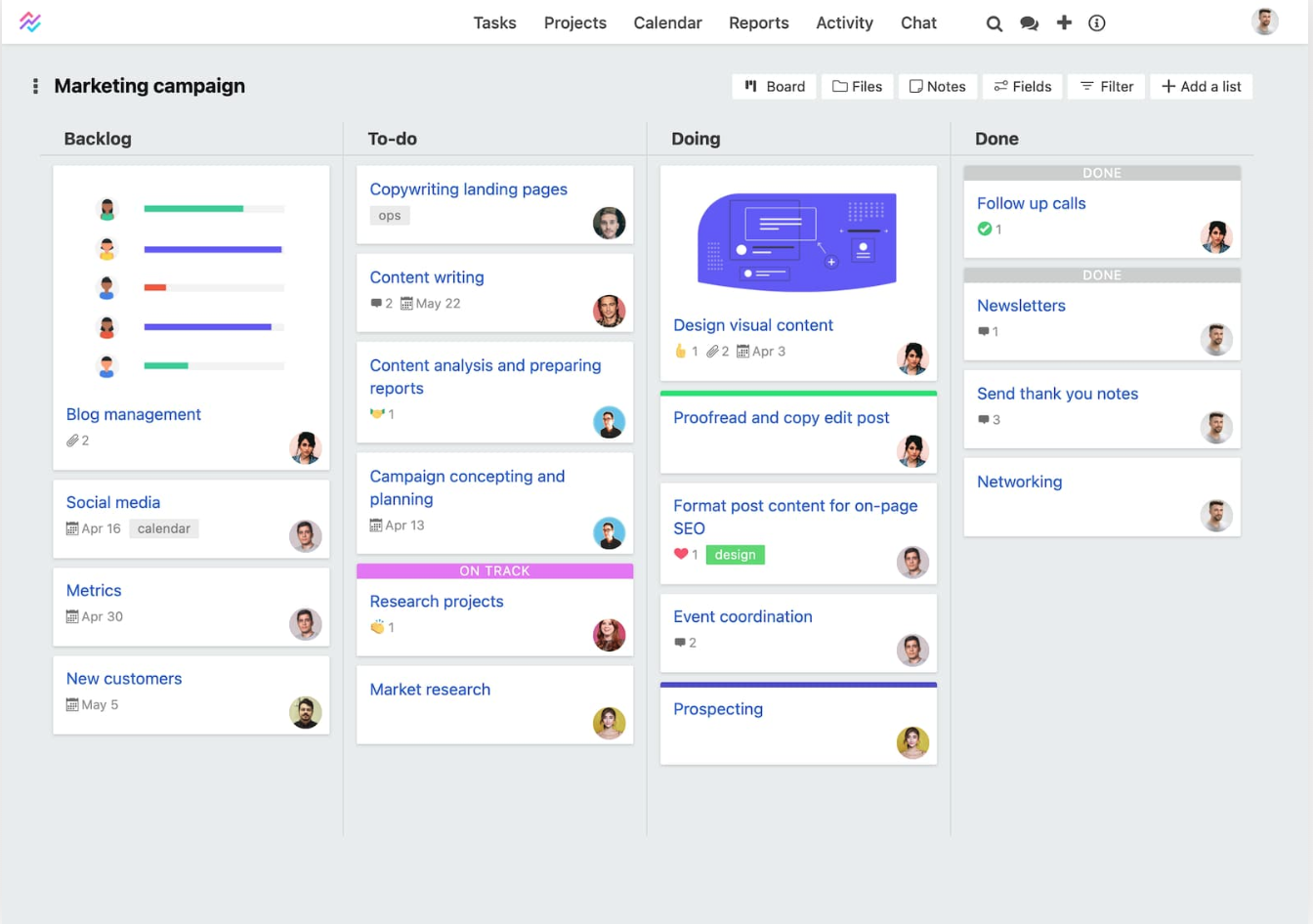
Consider how effective project management strategies can be a game-changer. Aligning your project goals with your company’s broader objectives isn’t just good practice; it’s essential for streamlined success.
You’ve likely experimented with various tools and techniques. However, integrating these into a strategy that optimizes resource allocation and team communication requires deeper insight. Mastering these elements will help you meet deadlines more efficiently and give you a competitive edge, with a real impact.
Identifying Key Project Goals
To effectively manage any project, you must identify its key goals. This step is foundational because, without it, you’re steering without a map. You need to know where you’re headed and what you want to achieve.
Start by understanding the project’s purpose. Ask yourself, ‘What problem is this project solving?’ and ‘What does success look like?’ Your answers will guide your goal-setting process. It’s important to understand how to write a SMART goal. This framework helps ensure that your objectives aren’t just wishes; they’re actionable targets.
Next, engage with clients. They often have insights or requirements that could shape your project’s direction. Listen to their needs and expectations, and incorporate their feedback into your goals. This not only broadens your perspective but also ensures broader buy-in, which is important for smooth execution.
Optimizing Resource Allocation
Once you’ve set your project’s goals, your next step is to optimize resource allocation to guarantee efficient use of time, money, and personnel. Start by evaluating the resources you currently have and those you’ll need to acquire. This includes appraising team skills, budget limitations, and equipment availability.
After that, prioritize tasks based on their impact and urgency. You’ll find that not all tasks are created equal; some will require immediate attention while others can be scheduled for later. This prioritization helps prevent bottlenecks and ensures that critical project milestones are met on time.
You should also use resource management tools, such as the best CMDB software, to keep track of resource allocation in real time. These tools can help you visualize which resources are being over or underutilized, allowing you to make adjustments on the fly. This dynamic approach to resource management increases productivity..
Breeze
Consider integrating Breeze into your project management toolkit to streamline task tracking and enhance team collaboration. This tool is designed to help you manage projects with ease, focusing on delivering results efficiently while keeping everyone on the same page.

Source: Breeze
The visual interface provides an overview of your project timeline, making task prioritization straightforward. Features allow easy adjustments to timelines and milestones, helping you quickly identify tasks that need attention and enabling swift decision-making to keep projects on track.
Automatic notifications and reminders help ensure deadlines are met and tasks are not overlooked, maintaining continual project progress. This approach supports effective project management, contributing to business growth.
Enhancing Team Communication
Effective team communication is vital for the success of any project management strategy. It’s the glue that holds everything together while you tackle complex projects. Guarantee that every team member isn’t just receiving information but is also empowered to share ideas and feedback openly.
To enhance communication within your team, start by setting up regular check-ins. These aren’t just for updating status but also for discussing challenges and brainstorming solutions together. Make sure these meetings aren’t one-sided; encourage every team member to contribute, ensuring all voices are heard. A simple way to ensure this is to record meetings for future reference.
Utilize technology to your advantage. Tools like Slack, Microsoft Teams, or Zoom can bridge the gap between remote and on-site team members, making communication seamless and more interactive. It’s not just about sending messages back and forth; it’s about creating channels for different aspects of the project, which can help keep things organized and everyone on the same page.
Lastly, create a collaborative environment where feedback is welcomed and acted upon. When team members feel their input is valued, they’re more likely to stay engaged and committed to the project’s success. Remember, clear and effective communication doesn’t just convey information; it builds trust and aligns your team towards common goals.
Monitoring and Adapting Strategies
As you explore projects, you’ll find that no plan is immune to the surprises that can pop up, whether they’re shifting market trends, technological advancements, or internal team dynamics. It’s your job to keep an eye on these changes and steer your project accordingly.
Set up effective monitoring tools from the start. Use real-time data to track progress against your project milestones. This way, you’ll not only see where you’re on track but also spot any deviations early on. Don’t hesitate to adjust your strategies when necessary. Being rigid can lead to failure, but being adaptable increases your chances of success.
Feedback is your friend. Regularly check in with your team and clients. Their insights can provide critical information that might prompt strategic shifts. It’s all about finding a balance between staying true to your project objectives and being flexible enough to adapt to new information. Ultimately, your ability to monitor and adapt is what keeps your project aligned with your business goals. Embrace the unpredictability and use it to fuel your project’s success.
Takeaway
By identifying key project goals and optimizing resource allocation, you’re setting the stage for success. Tools help you streamline task management, and boost your team’s efficiency. Remember, communication keeps everyone aligned and engaged.
Continuously monitor and adapt your strategies to stay ahead in the game. These project management strategies drive your business growth and outshine competitors.









